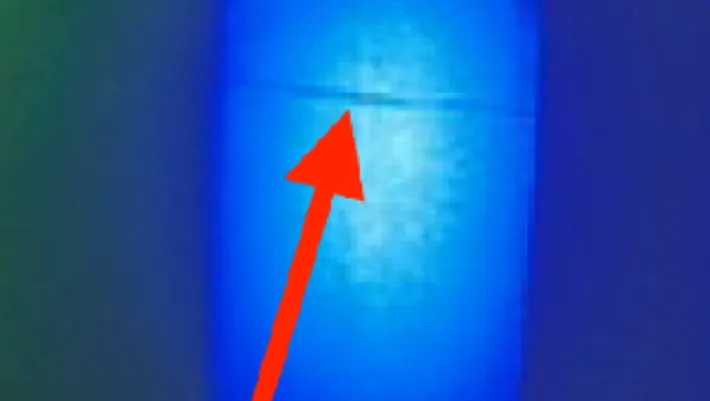
Groundbreaking Discovery: Laser Beams Can Now Cast Shadows!
2024-11-14
Author: Jia
Groundbreaking Discovery: Laser Beams Can Now Cast Shadows!
In a stunning revelation published in the journal *Optica*, a team of physicists has demonstrated that under the right conditions, a laser beam can create a shadow similar to that of any ordinary object. This astonishing discovery challenges long-held beliefs about the interaction of light.
Dr. Raphael Abrahao from Brookhaven National Laboratory explained that previous assumptions deemed it impossible for a laser light to cast a shadow, given that light typically passes through other light without interference. “Our demonstration of this counter-intuitive optical effect invites us to reconsider our notion of shadow,” he stated.
The researchers employed a ruby crystal and selected laser wavelengths to illustrate how a laser beam could block light and generate a visible shadow. This remarkable effect occurs during nonlinear optical processes, where the intensity of the light interacts variably with certain materials, allowing one light source to influence another.
Using a high-power green laser directed through a ruby cube and illuminating it with a blue laser from the side, the team observed an impressive phenomenon. As the green laser penetrated the ruby, it altered the material's response to the blue wavelength, essentially acting as an obstacle. This interaction produced a visible shadow on a designated screen, characterized by a dark area corresponding to where the green laser obstructed the blue light.
Remarkably, the shadow met all criteria for a conventional shadow—it was perceptible to the naked eye, adhered to the contours of the surface it fell upon, and mirrored the shape and position of the laser beam, behaving as a physical object. The underlying mechanism for this laser shadow is attributed to optical nonlinear absorption within the ruby crystal.
Dr. Abrahao elaborated that the interaction results from the green laser enhancing the optical absorption of the blue laser, creating a region where the intensity is diminished, thereby forming a shadow. “This discovery enhances our comprehension of light-matter interactions and unveils new opportunities to utilize light in previously unimagined ways,” he explained.
The team also assessed the shadow's contrast depending on the laser's power, achieving a remarkable contrast of up to 22%, comparable to the shadow cast by a tree on a sunny day. Additionally, they constructed a theoretical model to accurately predict the shadow's contrast, underscoring the scientific rigor behind this groundbreaking discovery.
From a technological standpoint, the implications of this research are vast. By manipulating the intensity of one laser beam using another, new avenues in optical switching and control of light transmission could emerge. The research team indicates they will explore alternative materials and wavelengths to further investigate this phenomenon.
In summary, this incredible advancement not only redefines our understanding of light and shadows but also promises potential innovations across various fields. Keep an eye out for further developments in this captivating area of optical physics!




 Brasil (PT)
Brasil (PT)
 Canada (EN)
Canada (EN)
 Chile (ES)
Chile (ES)
 Česko (CS)
Česko (CS)
 대한민국 (KO)
대한민국 (KO)
 España (ES)
España (ES)
 France (FR)
France (FR)
 Hong Kong (EN)
Hong Kong (EN)
 Italia (IT)
Italia (IT)
 日本 (JA)
日本 (JA)
 Magyarország (HU)
Magyarország (HU)
 Norge (NO)
Norge (NO)
 Polska (PL)
Polska (PL)
 Schweiz (DE)
Schweiz (DE)
 Singapore (EN)
Singapore (EN)
 Sverige (SV)
Sverige (SV)
 Suomi (FI)
Suomi (FI)
 Türkiye (TR)
Türkiye (TR)
 الإمارات العربية المتحدة (AR)
الإمارات العربية المتحدة (AR)